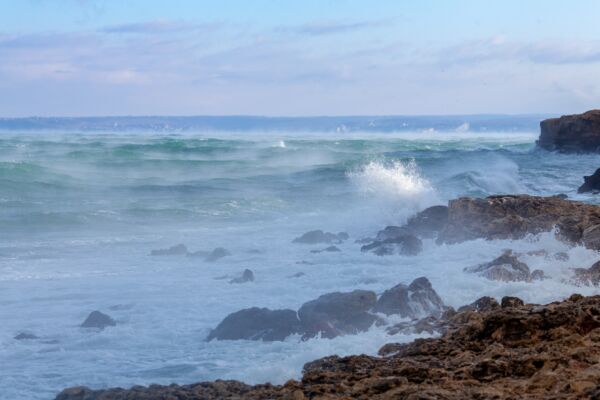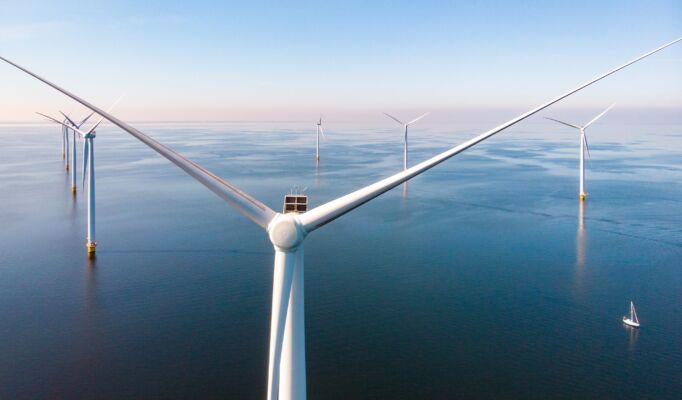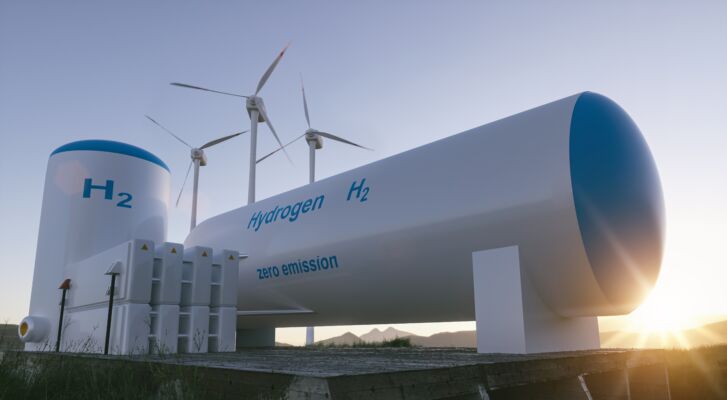To use the words of Daft Punk, airborne wind energy (AWE) is ‘harder, better, faster, stronger’. Harder, for the challenges associated with building a turbine able to stay suspended in the air and survive the high winds. Better, because AWE can create significantly more energy in less time. That’s because airborne turbines can reach much higher than regular wind turbines and the wind there is, you guessed it, faster and stronger.
As RWE, the German energy giant,sets up a testing center for AWE in Ireland, it joins the honorable endeavor of bringing AWE into (first) reality, and (second) the mainstream. But what exactly is AWE and how does it work?
High altitude, high potential
The potential to create energy from high altitude wind has fascinated renewable energy producers since around 1980. Using a huge database of information regarding different wind speeds at different altitudes across Europe, the Airborne Wind Europe association recently published maps that clearly demonstrate why AWE is such a tantalizing idea. Whether onshore or offshore, at high altitude above every location there are mean wind speeds between 1 and 2 m/s more than at 100m altitude.
The principle of AWE is to harness these winds using flying blades or wings tethered to the ground. There are then two main methods of turning this into electricity. Small propellors are attached to the flying wing along with the generators themselves, and power is then transported back down via the tether connection. Alternatively, the airborne object, be it kite or wing, forces the tether to unwind from a drum on the ground in order to drive the generator. This does involve power being used to then draw the tether back in, however the power used in comparison to power generated is negligible.
There are further additions to the capabilities or the capacity for energy production – too many to go into here. But one especially interesting option is that of being able to guide the AWE system to the altitude with the highest wind velocity. This particular feature allows energy producers to exploit location as well as the science of wind and weather, which are, naturally, abilities outside the range of a static and grounded wind turbine.
Every green energy source comes with its pros and cons. AWE has a lot of positives, more so than most. They consist of less material, meaning they are less cumbersome than traditional wind turbines. Therefore, they are easier to transport and simpler to set up. For the energy producer, they cause less grievances in terms of maintenance due to their size and less complex nature. And in terms of energy,there is little competition in either the volume or constancy of energy production.
What’s the delay?
One issue that does arise is in the choice of a building site. While absolutely everywhere could be a candidate for AWE technology, airplane pilots and passengers everywhere will not thank companies for obstructing their flight routes. A no-fly zone has to be established above every AWE location, a requirement that may cause some difficulties. Equally problematic is the prospect of storms, which could easily damage an airborne turbine, The other disadvantage, however, is a little more common – there is still work to be done.
Research continues and tests are carried out, but as yet there are very few commercially available AWE systems. Just this year, Kitepower, whose product consists of an on-the-ground generator tethered to a kite, received funding totaling three million euros. It will use it to finetune the idea, with the aim of making it a cheaper and widely available alternative to fossil fuels and traditional wind turbines. Thanks to the work of RWE, Kitepower, and many other groups, renewable energy looks like it will soon get quite the lift.



